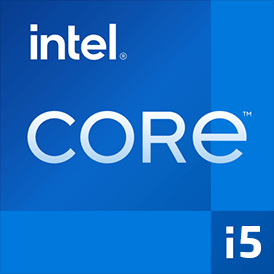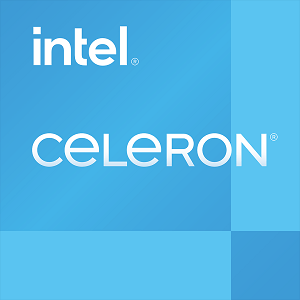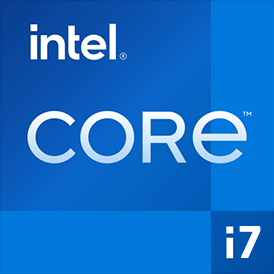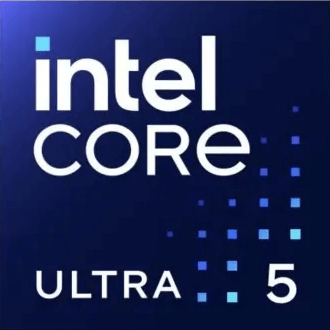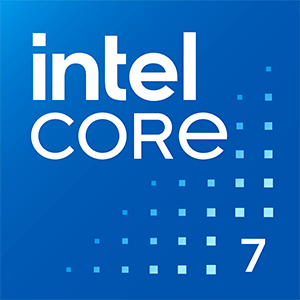Intel Core i5 12500H vs Intel Celeron N4000
We compared two laptop CPUs: Intel Core i5 12500H with 12 cores 2.5GHz and Intel Celeron N4000 with 2 cores 1.1GHz . You will find out which processor performs better in benchmark tests, key specifications, power consumption and more.
Main Differences
Intel Core i5 12500H 's Advantages
Released 4 years and 1 months late
Better graphics card performance
Higher specification of memory (5200 vs 2400)
Larger memory bandwidth (76.8GB/s vs 35.76GB/s)
Newer PCIe version (4.0 vs 2.0)
Higher base frequency (2.5GHz vs 1.1GHz)
More modern manufacturing process (10nm vs 14nm)
Intel Celeron N4000 's Advantages
Lower TDP (6W vs 45W)
Score
Benchmark
Cinebench R23 Single Core
Intel Core i5 12500H
+295%
1702
Intel Celeron N4000
430
Cinebench R23 Multi Core
Intel Core i5 12500H
+1754%
13201
Intel Celeron N4000
712
Geekbench 6 Single Core
Intel Core i5 12500H
+553%
2214
Intel Celeron N4000
339
Geekbench 6 Multi Core
Intel Core i5 12500H
+1815%
9079
Intel Celeron N4000
474
Blender
Intel Core i5 12500H
+2814%
204
Intel Celeron N4000
7
Geekbench 5 Single Core
Intel Core i5 12500H
+281%
1608
Intel Celeron N4000
421
Geekbench 5 Multi Core
Intel Core i5 12500H
+1216%
10215
Intel Celeron N4000
776
Passmark CPU Single Core
Intel Core i5 12500H
+238%
3500
Intel Celeron N4000
1035
Passmark CPU Multi Core
Intel Core i5 12500H
+1427%
21550
Intel Celeron N4000
1411
General Parameters
Jan 2022
Release Date
Dec 2017
Intel
Manufacturer
Intel
Laptop
Type
Laptop
x86-64
Instruction Set
x86-64
Alder Lake
Core Architecture
Gemini Lake
i5-12500H
Processor Number
N4000
BGA-1744
Socket
BGA-1090
Iris Xe Graphics (80EU)
Integrated Graphics
UHD Graphics 600
Package
10 nm
Manufacturing Process
14 nm
35-45 W
Power Consumption
6 W
95 W
Max Turbo Power Consumption
-
100°C
Peak Operating Temperature
105 °C
CPU Performance
4
Performance Cores
2
8
Performance Core Threads
2
2.5 GHz
Performance Core Base Frequency
1.1 GHz
4.5 GHz
Performance Core Turbo Frequency
-
8
Efficiency Cores
-
8
Efficiency Core Threads
-
1.8 GHz
Efficiency Core Base Frequency
-
3.3 GHz
Efficiency Core Turbo Frequency
-
12
Total Core Count
2
16
Total Thread Count
2
100 MHz
Bus Frequency
-
25x
Multiplier
-
80 K per core
L1 Cache
48 K per core
1280 K per core
L2 Cache
4 MB per core
18 MB shared
L3 Cache
-
No
Unlocked Multiplier
No
Memory Parameters
DDR5-4800, DDR4-3200, LPDDR5-5200, LPDDR4x-4267
Memory Types
DDR4-2400, LPDDR4-2400
64 GB
Max Memory Size
8 GB
2
Max Memory Channels
2
76.8 GB/s
Max Memory Bandwidth
35.76 GB/s
No
ECC Memory Support
No
Graphics Card Parameters
true
Integrated Graphics
true
300 MHz
GPU Base Frequency
200 MHz
1300 MHz
GPU Max Dynamic Frequency
650 MHz
640
Shader Units
96
40
Texture Units
12
20
Raster Operation Units
2
80
Execution Units
12
15 W
Power Consumption
5 W
-
Max Resolution
3840x2160 - 30 Hz
1.41 TFLOPS
Graphics Performance
0.14 TFLOPS
Miscellaneous
4.0
PCIe Version
2.0
28
PCIe Lanes
6
-
Extended Instruction Set
SSE4.2
